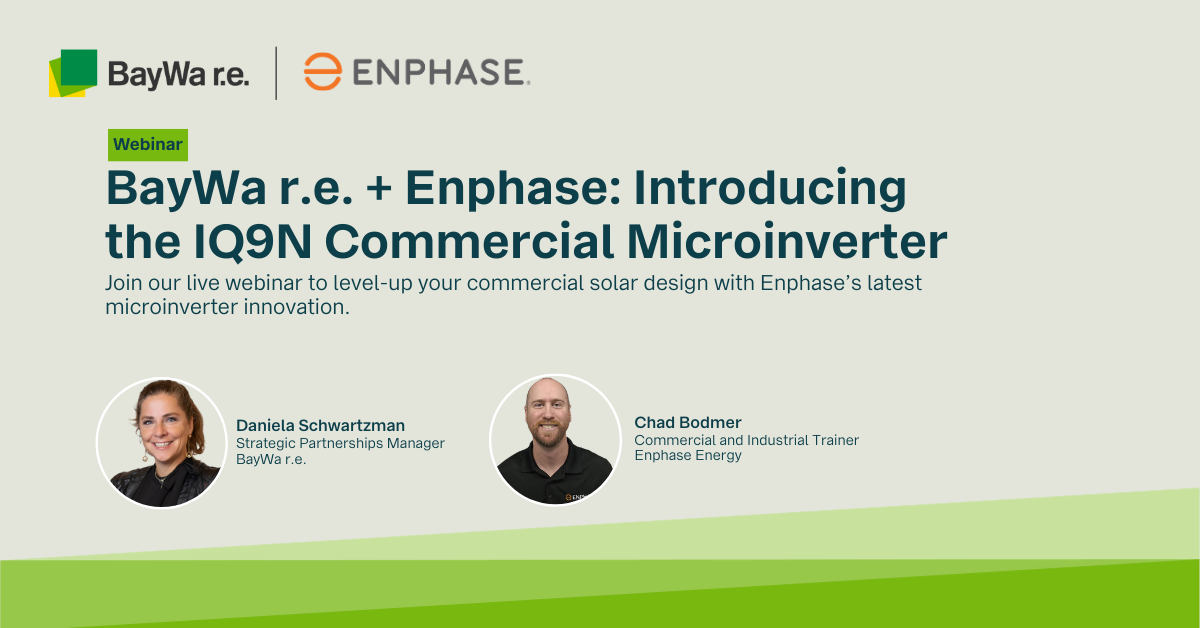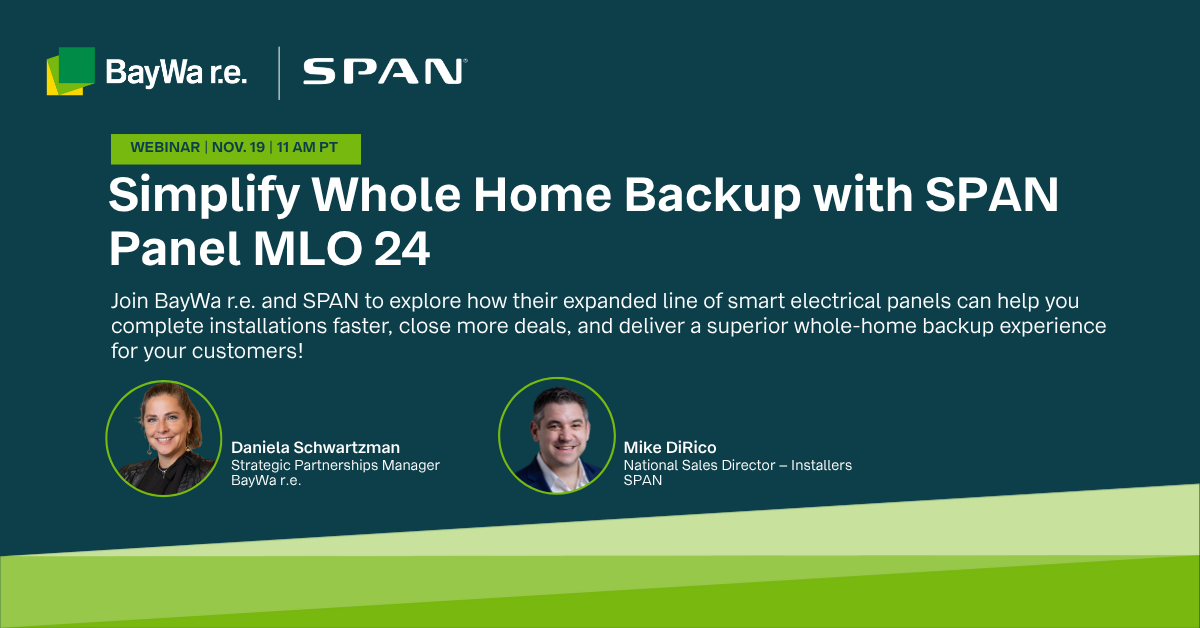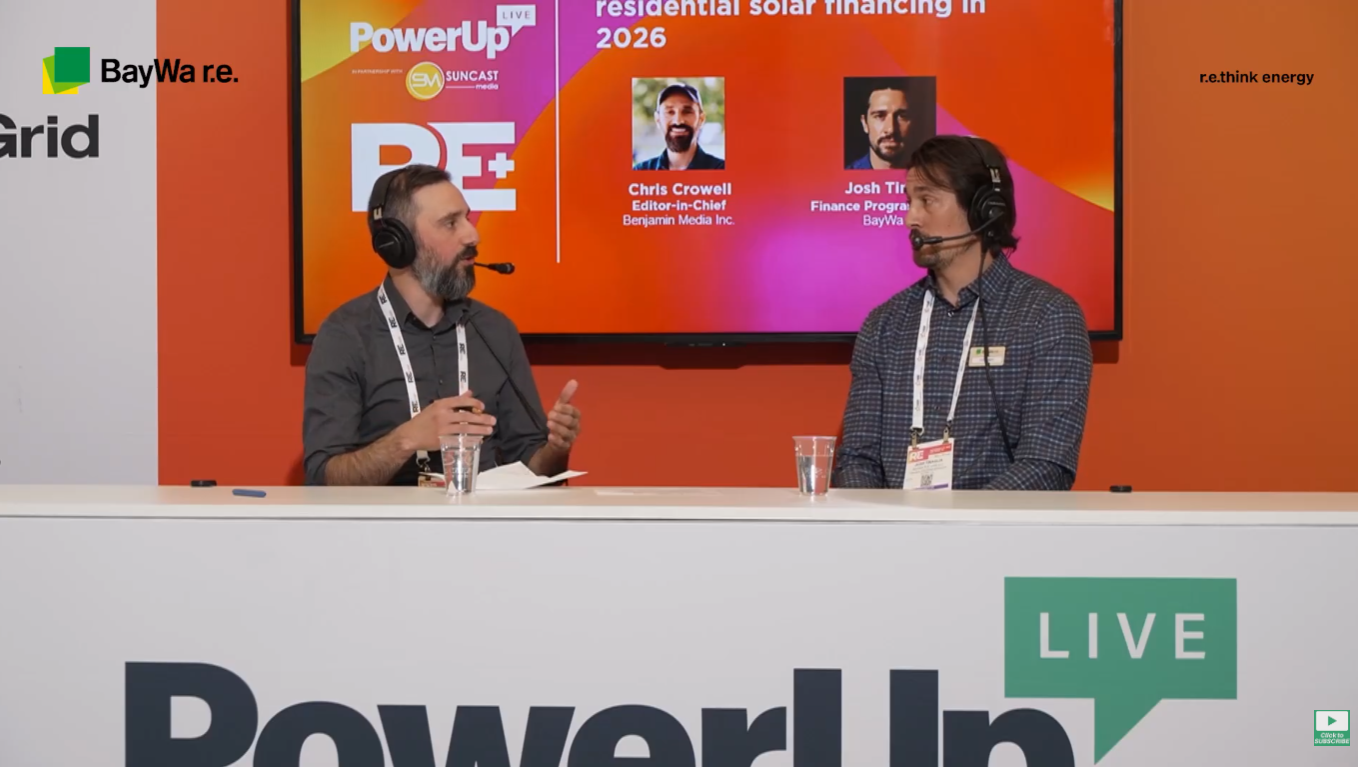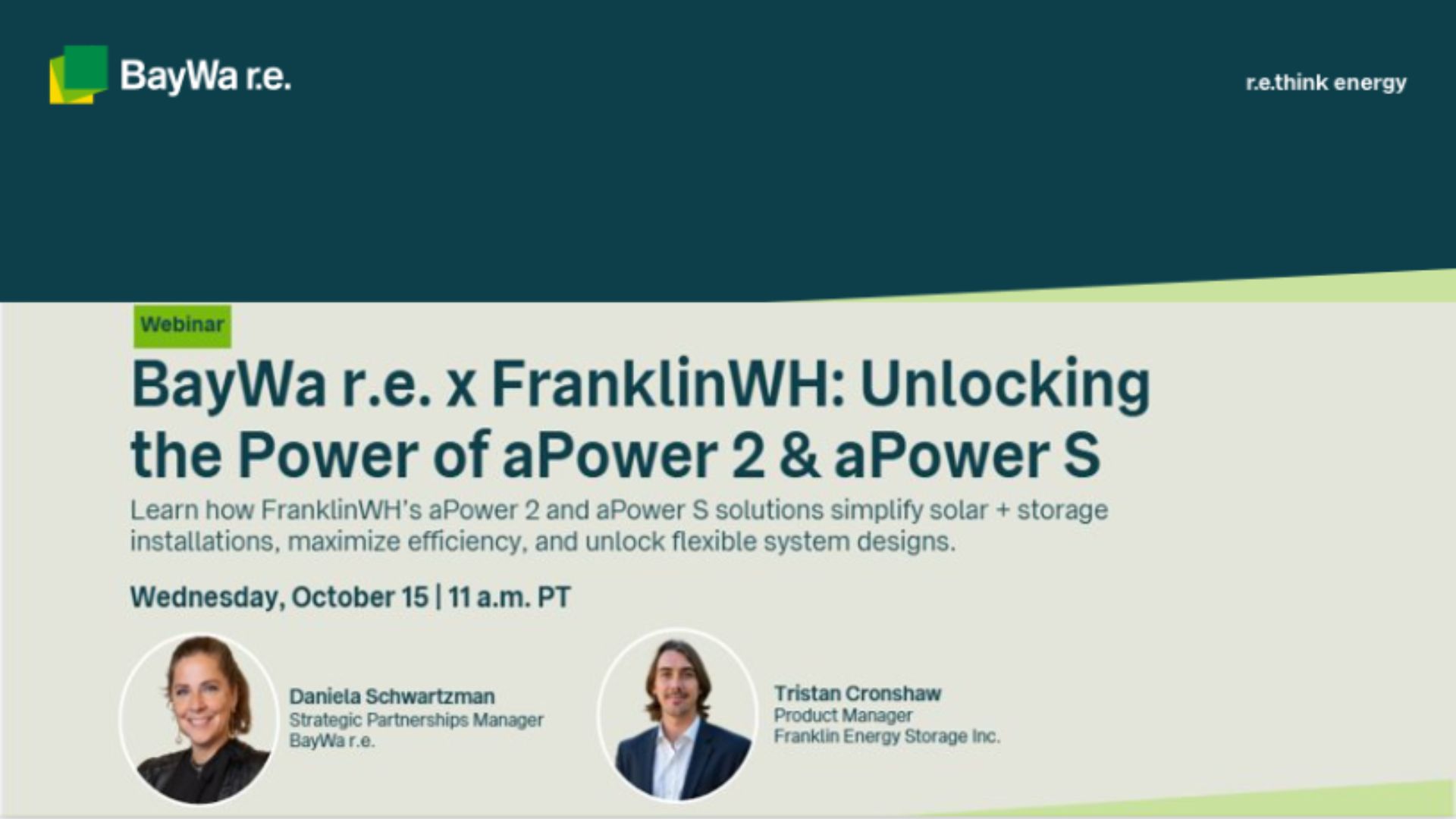 Photo, Tom Miller
Photo, Tom Miller
It’s true that any company can benefit from a clear, inspiring, and over-arching “Vision Statement.” There are many organizations that have great Vision Statements, and there are business experts that have laid out effective methods of designing a successful Vision Statement (Jim Collins is my go-to for this.)
But vision statements (lower-case this time) are useful on a much smaller scale as well. At BayWa r.e. we have been using them as a means of describing as exactly as possible the look and feel of our desired outcome for a scope of work.
Let me share an example from some internal development work we’ve been doing lately to design a better Employee Experience (“EX”), which is a multi-stage process that starts when a prospective employee first hears about us, and ideally ends with a balanced give-and-take in which both employee and company continually meet their ever-changing goals.
This example will take you through the project design process up to the vision statements. In a later article I will explain more about what specific decisions, work and activity resulted from this project.
Step 1: Map out the EX process in stages:
EX is the design of our interaction with employees to provide an experience that is meaningful and productive at each stage of their journey. Below is a graphic of how our development team chose to view the stages in this process:
Those of you familiar with “Customer Experience” (CX) will recognize this as an adaptation of a basic “Customer Journey” for our purposes. So we’re calling it the “Employee Journey.”
Step 2: Form “Core Values for EX”
We have found it useful when we take on something new and important to start with core values so everyone involved feels there is authentic meaning underpinning the project. These values don’t exactly match our Company core values, and that’s ok. They can represent a facet of Company values, and as such have their own nuance. Here are the core values our EX development team came up with, compared with our Company core values:
You can see these values fit together, but the EX Values have their own flavor since they are targeted to a specific part of who the organization wants to be, in relation specifically to EX.
Step 3: Form “mini vision statements” connecting Core Values to Employee Journey stages:
For each stage of the Employee Journey, the development team made “vision” statements from the employees’ perspective that describe as well as possible the experience we want them to have so that they connect with EX values in the most meaningful way at each stage of their journey. Setting vision statements in this context is much easier than setting a “Corporate Vision.” Since these statements are divided into stages, with core values to guide them, it’s really just a chance for some creative people to fantasize about what an ideal outcome would look like so that any further decisions can be made with those outcomes in mind.
Most importantly, it’s a chance to empathize with the stakeholders in an undertaking so that projects can be chosen and executed for the greatest possible impact.
Here’s what our team came up with:
Vision Statements for Employee Experience:
AWARENESS
- BayWa r.e. is doing good in the world and shares my values.
- BayWa r.e. stands for sustainability and organizational health.
- BayWa r.e. is a leader in the renewable energy industry.
CONSIDERATION
- BayWa r.e. cares about the health of the solar industry.
- BayWa r.e. is looking for high-performing, resourceful “learners” to join its team.
- I want to be part of this progressive, fun, and effective company.
Onboarding
- I know what will be expected of me, how my work will fit into the bigger picture, who I report to, and who my teammates will be.
- I feel comfortable that I will be well-supported in my work.
- I have access to everyone in the organization.
Training
- I have a tailored training program with clear outcomes for the first week and first month.
- I have access to ongoing training to improve my technical and business skills so I can advance in the company and my career.
Productivity
- I understand how I fit into what the company is achieving.
- I trust I will have help to navigate change in the company and industry.
- I am part of a high-performing team that makes things happen and doesn’t wait around.
I’ll save the detailed version of the rest of the process for another article, but to summarize, next we chose which vision statements from the list above felt least true currently, and of those, which were the most important to make more true first. Then we tried to figure out how.
When the person responsible for launching this project read a draft of this article, she said:
“the “a-ha” moment in the process arrived when the people choosing and scoping projects to improve EX realized that the vision statements became, word for word, the “Impacts and Outcomes” for each project they chose.”




